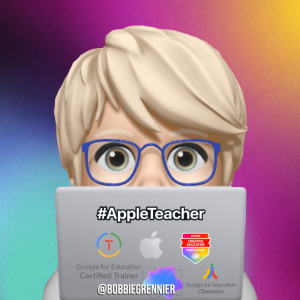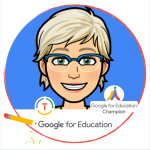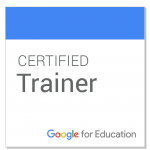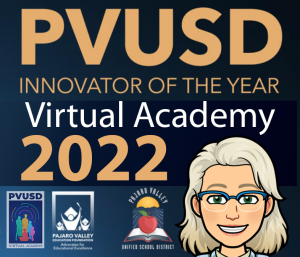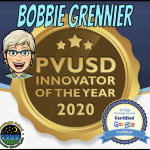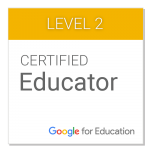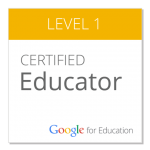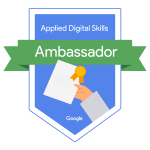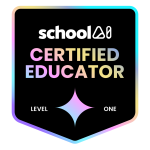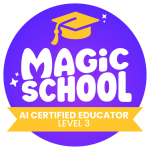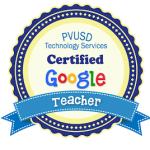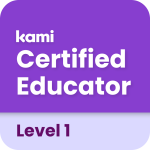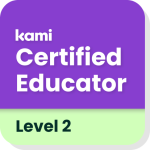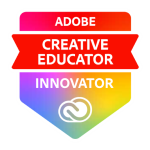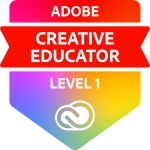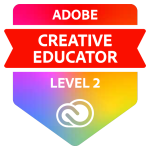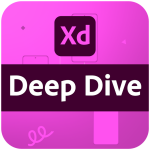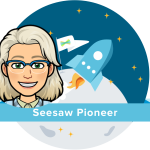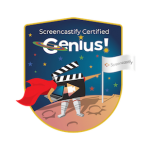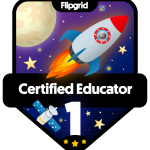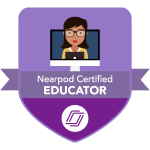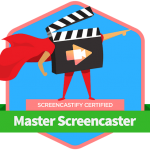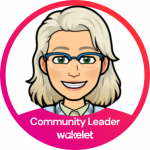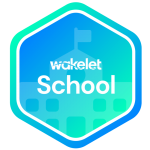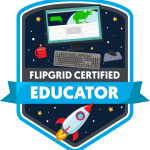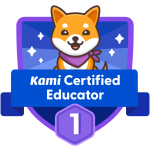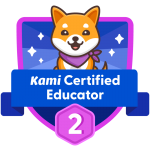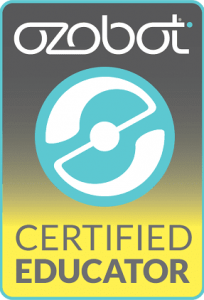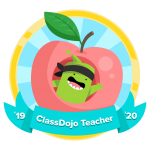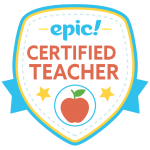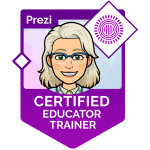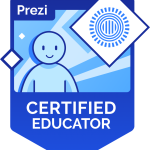Math should be explored more deeply rather than more quickly.
Students can learn in heterogeneous groups if structures are developed to provide appropriate, differentiated support of a range of students.
Math issues for ELLs: vocabulary, skills, syntax, semantics and discourse features.
Content: Clustering Objectives
Clustering objectives help older ELLs catch up to their classmates. Older ELLs often don’t require as much time to master objects as younger ELLs do.
Connections: Use Student’s Experiences
After school activities involving Math can be use by the teacher to create mathematics instruction for ELLs.
Comprehensibility:
Modeling Technology and Other Tools
Basically teaching students how to use mathematical tools.
Checking for Comprehension
Teachers can scaffold questions to elicit different responses. Student writing will demonstrate student’s grasp of new concepts. Math journals about student problem-solving experiences and issues provides teachers with concrete evidence of student’s mathematical thinking. Plus, it helps ELLs clarify their own thinking.
Interaction: Working in Groups
Reading math texts involve student interaction and small groups.
Encourage students to think aloud about math and interact.
Give them opportunities to try out ideas and learn math strategies from their peers.
Re-Presenting Knowledge
Alternative Assessment
Students should perform tasks smilier to those used to teach and learn tasks.
Task examples: graph based on student characteristics, student run store, pretending to play the stock market, etc.

